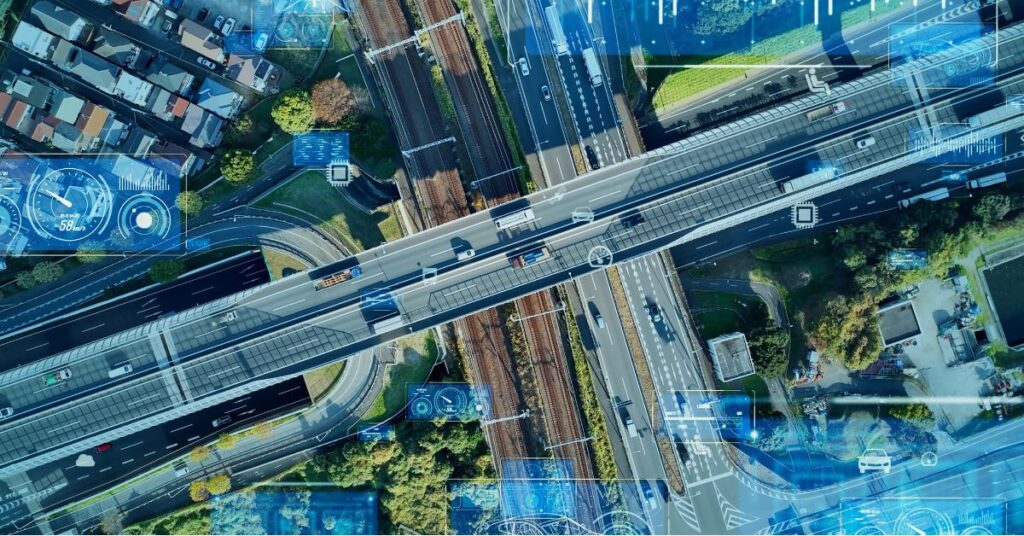
Introduction
Importance of Efficient Urban Planning
In today’s rapidly urbanizing world, efficient traffic management is more crucial than ever. As cities grapple with congestion and limited space, Intelligent Traffic Systems (ITS) emerge as a vital solution, revolutionizing how we navigate urban environments. By leveraging advanced technologies, these systems not only streamline traffic flow but also contribute to creating greener, safer, and smarter cities. In this blog post, we’ll explore the significant role of Intelligent Traffic Systems in urban planning, uncovering how they enhance mobility and make our urban landscapes more livable for everyone.
- Key Benefits of Efficient Urban Planning:
- Improved air quality and reduced pollution.
- Enhanced accessibility to essential services.
- Greater community engagement and cohesion.
Evolution of Intelligent Traffic Systems
As cities grow, so does the need for advanced solutions to manage traffic. Intelligent Traffic Systems (ITS) have become pivotal responses to these challenges. By integrating technology, they streamline traffic flow, reducing congestion and enhancing safety. For instance, real-time traffic monitoring applications now empower drivers with live updates, enabling smarter routes and less time stuck in traffic. This evolution highlights how technology can align urban design with modern needs, fostering vibrant and efficient urban environments.
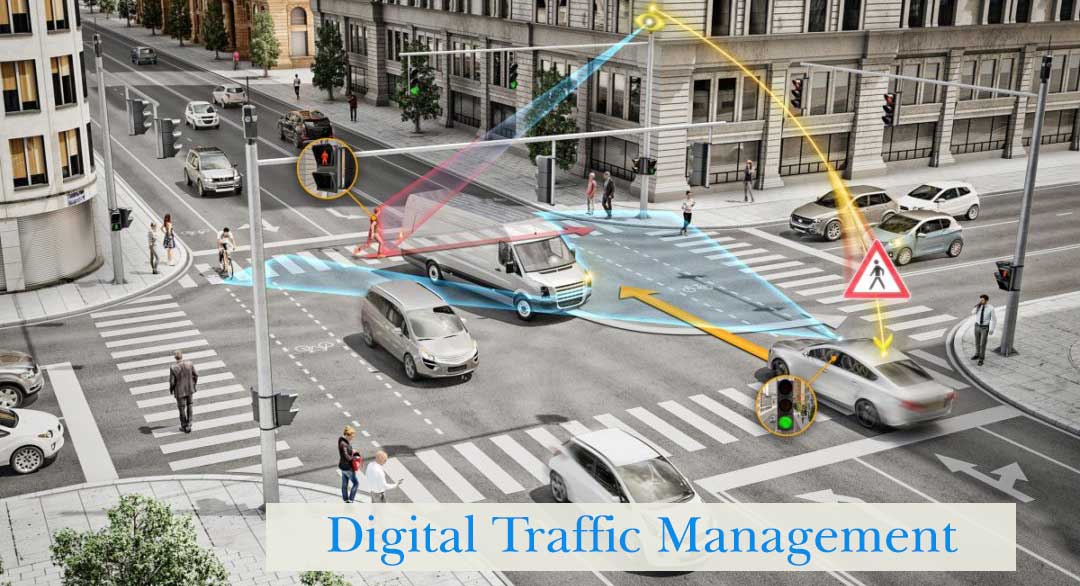
Understanding Traffic Flow
Traffic flow is a crucial aspect of urban planning, influencing daily commutes and overall city efficiency. Understanding the key factors that impact traffic efficiency helps city planners and policymakers create better solutions for smooth transit.
Key Factors Impacting Traffic Efficiency
Several elements play a significant role in determining how efficiently traffic moves:
- Road Design: Well-designed arterial roads facilitate faster and safer travel.
- Traffic Volume: A vehicle increase can lead to congestion if the infrastructure cannot accommodate it.
- Driver Behavior: Aggressive driving or lack of adherence to traffic rules can disrupt flows.
- Weather Conditions: Rain, snow, and fog can significantly hinder traffic movement.
Each of these factors must be considered to improve urban traffic systems.
Benefits of Smooth Traffic Flow
Smooth traffic flow has myriad advantages, including:
- Reduced Travel Time: People can reach their destinations faster.
- Lower Fuel Consumption: Efficient routes save fuel, benefiting both drivers and the environment.
- Improved Safety: Fewer stop-and-go situations decrease the likelihood of accidents.
- Enhanced Quality of Life: Less time spent in traffic means more time for leisure and family.
These benefits underscore the importance of investing in intelligent traffic systems and thoughtful urban planning.
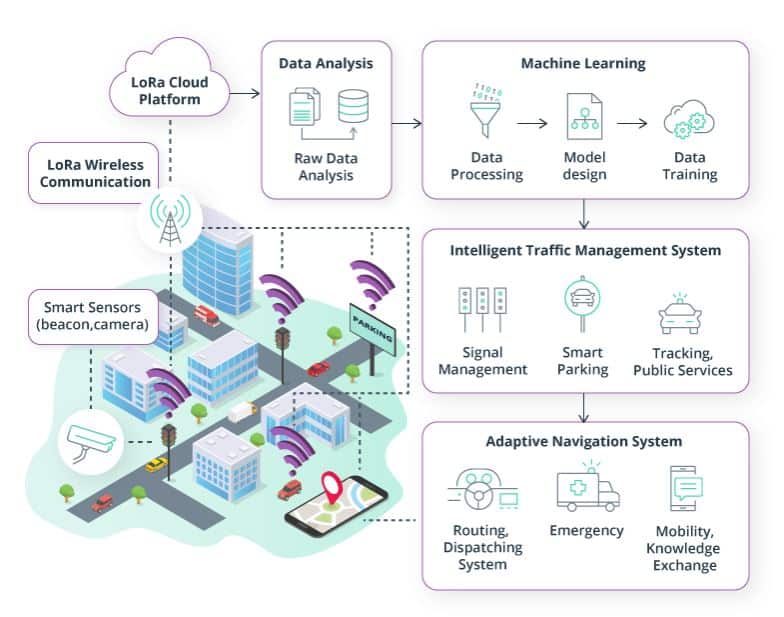
Components of Intelligent Traffic Systems
As urban areas increasingly turn to Intelligent Traffic Systems (ITS) to alleviate congestion and enhance road safety, it’s essential to explore their core components. Two pivotal aspects are Traffic Surveillance Technologies and Traffic Signal Optimization.
Traffic Surveillance Technologies
Traffic surveillance technologies play a critical role in gathering real-time data about road conditions and vehicle flow. These tools include:
- CCTV Cameras: Widely used for monitoring traffic patterns and identifying incidents.
- Sensor Arrays: Embedded in road surfaces to measure vehicle speed and count.
- Drones: Offering aerial views of traffic congestion at critical points.
These technologies not only provide critical data but also help urban planners respond swiftly to incidents on the road.
Traffic Signal Optimization
Traffic signal optimization is another cornerstone of ITS. Advanced algorithms adjust signal timings based on real-time traffic flow. This approach leads to:
- Reduced Wait Times: Drivers spend less time stopping at lights.
- Lower Emissions: Unique signal patterns contribute to cleaner air.
- Enhanced Safety: Improved traffic flow decreases the likelihood of accidents.
By integrating these components, cities can foster safer, more efficient transportation networks that benefit all residents.
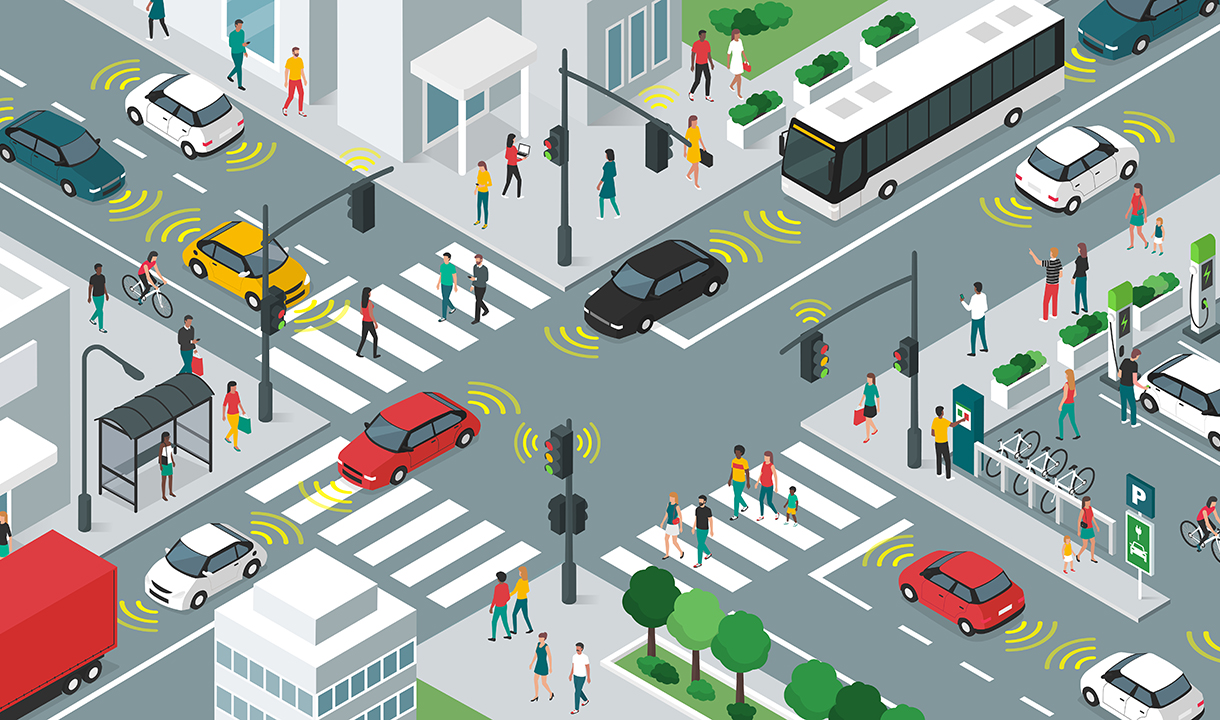
Integration of Data and Technology
Role of Data Analytics
As cities become increasingly complex, the role of data analytics in traffic management has never been more critical. By analyzing vast amounts of traffic data—ranging from vehicle counts to accident reports—urban planners can identify patterns and make informed decisions.
- Predictive Analytics: Helps forecast traffic congestion and adjust signal timings proactively.
- Real-Time Traffic Monitoring: Allows for instant adjustments to traffic flow, minimizing delays.
For instance, a city once known for its gridlocked intersections utilized data analytics to redesign its traffic signals, resulting in a remarkable 30% reduction in travel time during peak hours.
IoT Solutions in Traffic Management
The Internet of Things (IoT) takes this a step further by connecting vehicles, infrastructure, and traffic management systems.
- Smart Traffic Signals: These signals adapt based on real-time traffic conditions, ensuring smoother intersections.
- Connected Vehicles: Communicate with traffic management systems to provide feedback and receive updates on traffic conditions.
Imagine a daily commuter benefiting from a streamlined journey as their vehicle receives timely alerts about alternative routes based on real-time data. This interconnected approach is transforming urban traffic management, paving the way for a future where cities are not just more efficient, but also more livable.
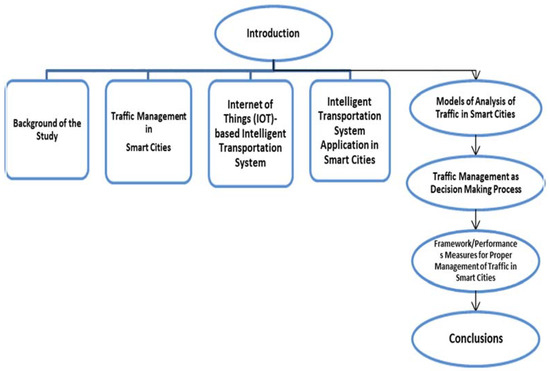
Case Studies in Urban Planning
Successful Implementation of ITS
Examining cities that have successfully integrated Intelligent Traffic Systems (ITS) reveals a wealth of insights for urban planners. For example, Doha, Qatar revamped its traffic management with real-time data collection and adaptive traffic signals, leading to a significant reduction in congestion. The following outcomes illustrate the success:
- 30% decrease in average travel times.
- 20% reduction in vehicle emissions.
These statistics are a testament to how effective planning can revolutionize urban transit.
Challenges and Solutions in Urban Traffic Management
Despite the successes, challenges persist. Many cities face issues such as outdated infrastructure or resistance to new technologies. For instance, a small city attempted to deploy ITS but struggled with integrating legacy systems. By prioritizing stakeholder engagement and investing in training programs, they transitioned seamlessly into modern traffic management.Key strategies to overcome challenges include:
- Assessing existing infrastructure thoroughly.
- Engaging community feedback to ensure user acceptance.
- Allocating budget for gradual technology integration.
These examples highlight that while obstacles may arise, innovative solutions can pave the way for smarter traffic systems.

Dear Abdullah Hani,
Your article, “Intelligent Traffic Systems in Urban Planning,” is an insightful and well-structured piece that highlights the significance of ITS in addressing urban traffic challenges. I appreciate the clarity, broad coverage, and engaging visuals, which make it accessible and informative.
Thank you for shedding light on this critical topic—looking forward to more impactful content from you!